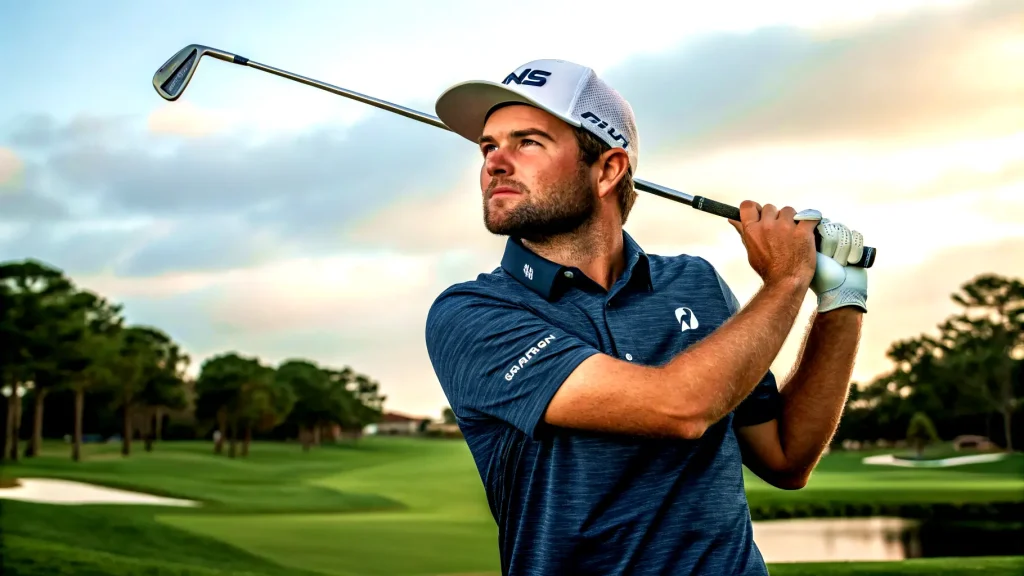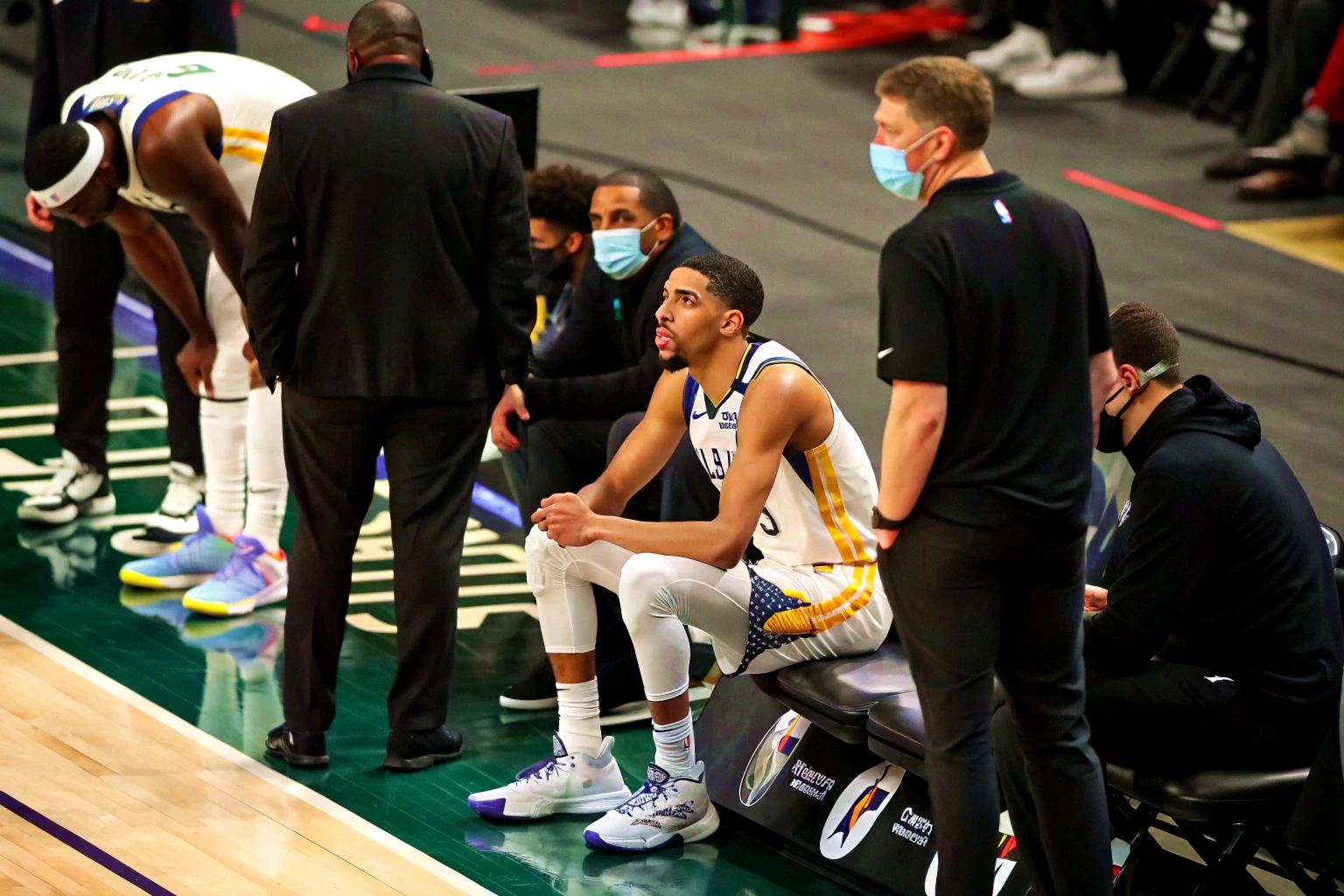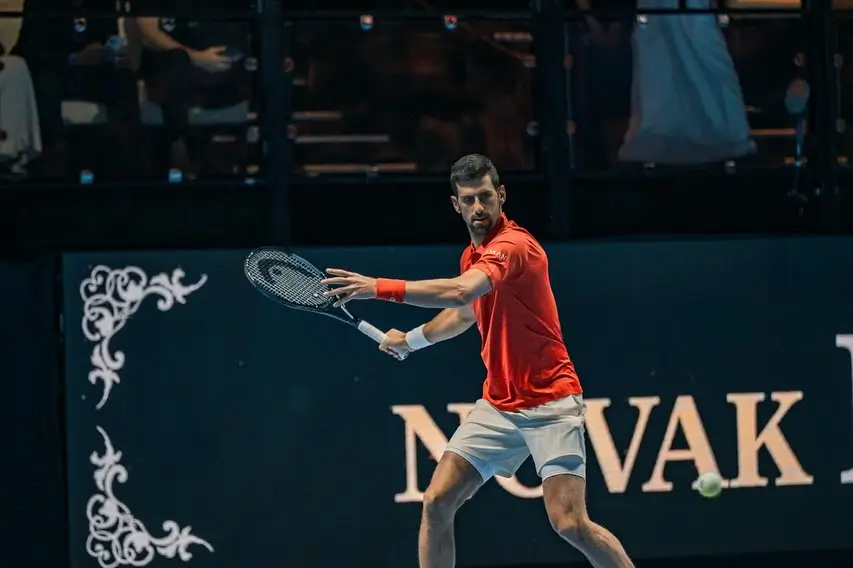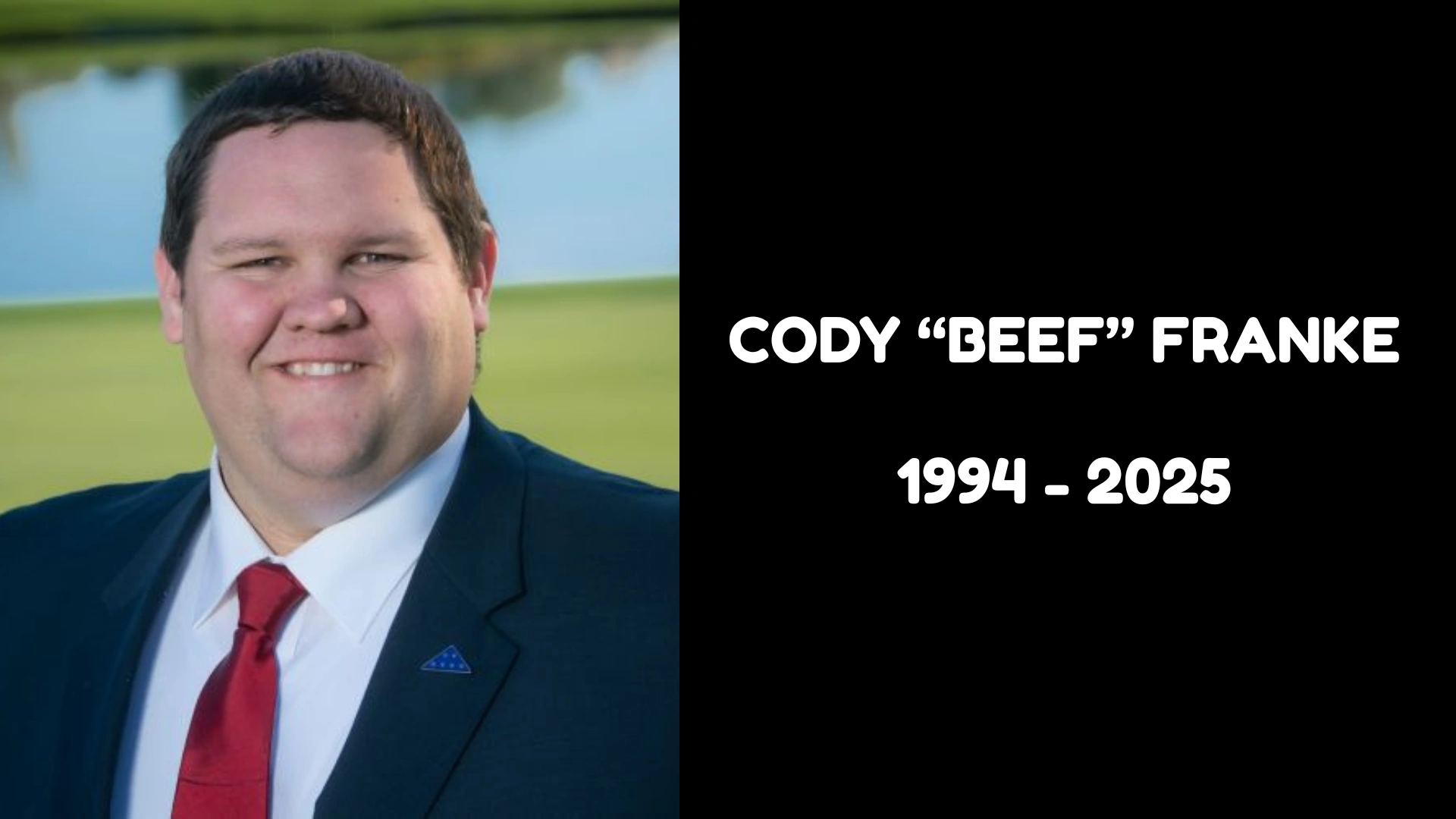Corey Conners’ Agony at Oakmont: Valiant U.S. Open Bid Ends in Wrist Injury Withdrawal Before Final Round

OAKMONT, Pa. — The cruelest twist unfolded on the dew-slicked practice ground at Oakmont Country Club Sunday morning. Corey Conners, Canada’s stoic hope at the U.S. Open, gripped his taped right wrist after attempting just six pitch shots. With his 10:20 a.m. final-round tee time moments away, the world No. 21 shook his head in surrender. For the first time in his professional career, Conners withdrew from a tournament—his major championship dreams shattered not by poor play, but by a wrist injury too severe to swing through. The scene capped a 48-hour saga of courage and anguish that saw him battle Oakmont’s brutal demands until his body refused to comply.
The Bunker Blow That Started It All
The nightmare began innocuously during Thursday’s opening round. Conners’ bunker shot on an undisclosed hole struck a television cable hidden in the steep lip—an impact that violently jammed his wrist. Though discomfort lingered, he gritted through two rounds, carding respectable 71-74 to make the cut. Saturday’s third round started magically: Conners blitzed Oakmont’s fearsome front nine in 3-under 32, rocketing up the leaderboard. Then came the 11th hole.
Facing a plugged lie in one of Oakmont’s cement-like bunkers, Conners took an aggressive hack. The club recoiled as if hitting stone. He instantly dropped his wedge, clutching his wrist in visible agony. Playing partner Michael Kim watched in concern: “He was in serious pain right after contact. I didn’t think he’d play another hole.” Yet Conners persisted, waiting nearly 20 minutes on the 12th tee for Canadian sports chiropractor Dr. Stuart Love to administer emergency stretches. The compromise was stark: his fluid swing reduced to abbreviated, guarded motions. The back-nine 40 that followed—a collapse from contention to 8-over—was a testament to pain, not poor play.
The Night of Scans and Morning of Heartbreak
Conners spent Saturday night at a Pittsburgh-area clinic undergoing imaging scans. Determined to finish the tournament, he returned Sunday for further evaluation before heading to the range. With his wrist tightly taped, he managed a few cautious pitches before the pain became untenable. Tournament officials announced his withdrawal minutes before he was to tee off alongside Ryan Fox. The timing was brutal: Conners arrived at Oakmont in peak form, fresh off a T8 at the Masters and five top-10 finishes this season. His T9 at last year’s U.S. Open had signaled his major championship readiness.
Oakmont’s Physical Toll and the Road Ahead
Conners’ ordeal underscores the unique brutality of Oakmont, where 5-inch rough and concrete bunkers punish even minor misses. Kim noted several players sought wrist treatment this week: “This course is a joint-wrecker. When you’re hacking out of that rough all day, it takes a toll.” The injury casts uncertainty over Conners’ immediate future. Though entered in next week’s Travelers Championship—the PGA Tour’s final Signature Event—his participation now depends on further medical evaluation. At 9th in the FedExCup standings, a prolonged absence could jeopardize his best season yet.
The Legacy of Grit
Despite the crushing conclusion, Conners’ resilience resonates. His Saturday performance—blasting 300-yard drives through pain on the 12th hole mere minutes after injury—epitomized competitive heart. As fellow Canadians Nick Taylor, Mackenzie Hughes, and Taylor Pendrith continued their final rounds, Conners’ absence served as a stark reminder of golf’s physical demands. His withdrawal wasn’t defeat; it was the reluctant retreat of a warrior who’d pushed his body beyond sustainable limits.
In the quiet of the Oakmont locker room, as the echoes of opening tee shots reverberated outside, Corey Conners’ unfinished battle stood as a testament to the fine line between triumph and agony in major championship golf—a line he crossed not with a missed putt, but with a bandaged wrist and unyielding resolve.








